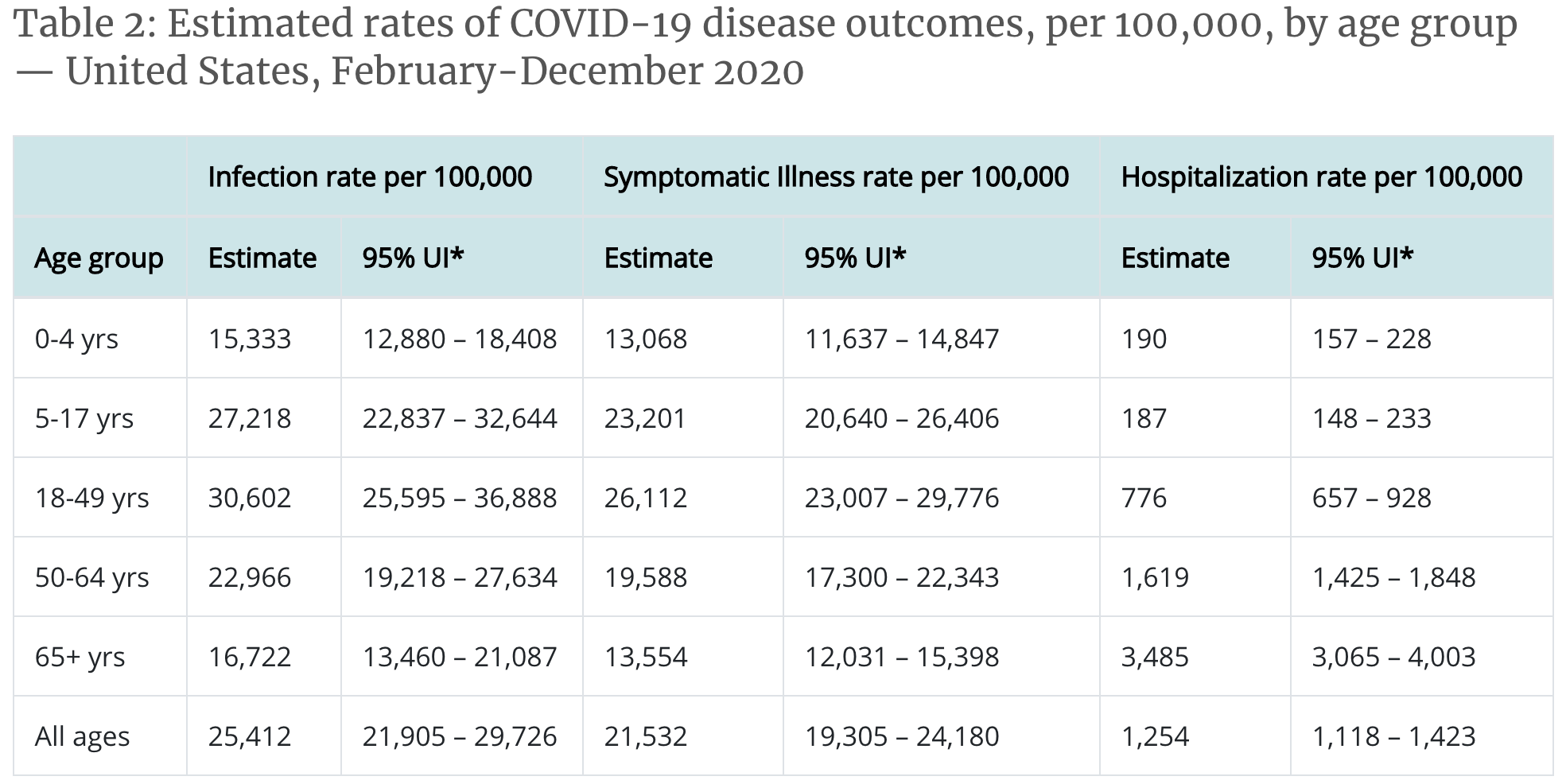As of now, the official number of COVID cases in the United States stands at roughly 27.1 million. However, the CDC just released its own estimate of the actual number of infections: 83.1 million, more than three times the official count.
If this number is anywhere near accurate, it changes just about everything. Here are some of them:
1) The lockdowns didn't work as intended. It may be too early to say that lockdowns were an abject failure, but if there really are 83 million infected Americans, we can safely say that the lockdowns didn't work as intended.
To be fair, it's far easier to make this statement in retrospect. In the middle of a pandemic, when people are dying left and right, a lockdown looks quite reasonable. In fact, lockdowns may be necessary to prevent overwhelming the healthcare system. So, instead of concluding that we shouldn't have done any lockdown, the better conclusion is that the lockdown should have been smarter. For instance, perhaps only those who are 65 and older should have been given "stay at home" orders rather than the entire community.
2) The huge number of cases isn't because most infections are asymptomatic. The CDC estimates the overall infection rate to be 25,412 per 100,000 people and the symptomatic illness rate to be 21,532 per 100,000. That means about 85% of infections result in symptoms and only 15% are asymptomatic.

The discrepancy in the official number (27.1 million cases) and the estimated number (83.1 million infections) likely is because so many people never bothered getting tested, among other reasons. A person with minor symptoms is unlikely to go to the hospital.
3) We are much closer to herd immunity than we thought. Herd immunity can arise in one of two ways: Natural infection or vaccination. Once herd immunity is reached, the epidemic should end. (However, note that herd immunity does not mean "no more infections." Instead, it means that there are no more outbreaks, even though a low, baseline level of infection might still exist.) If 83 million people have been infected and 6 million have been fully vaccinated (with two doses), about 27% of the American public should be immune. If herd immunity can be achieved at 70%, then we're getting close to halfway there.
Lessons for Next Time
The CDC's estimate of 83 million infections is really quite stunning, yet few if any people are talking about this. That's a real shame. It's vital that we learn lessons from this pandemic because it's bound to happen again. We don't want to repeat the same mistakes, including the social and economic ones, not just the epidemiological ones.




